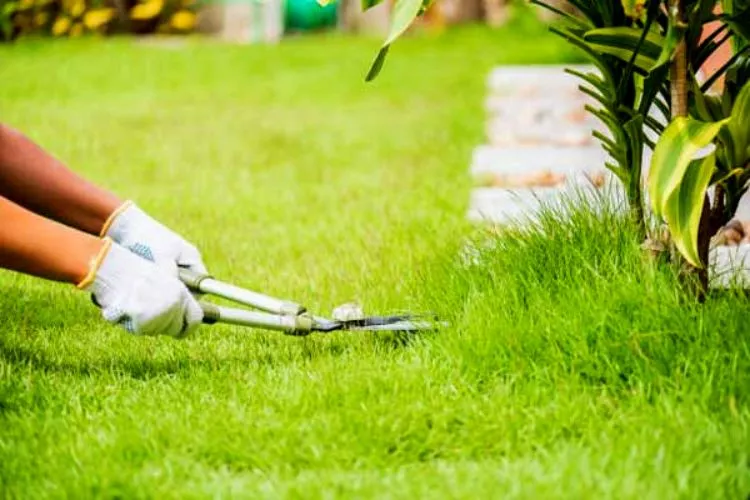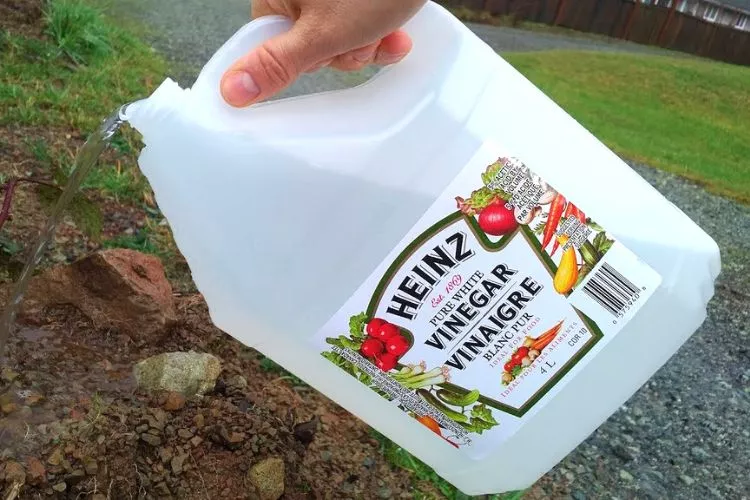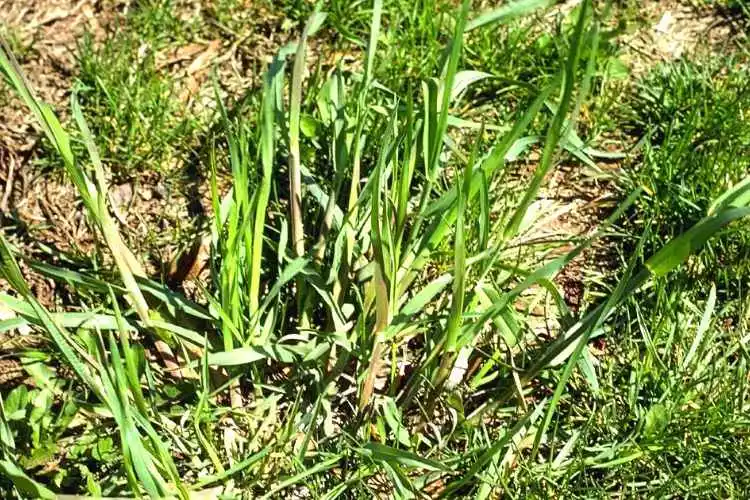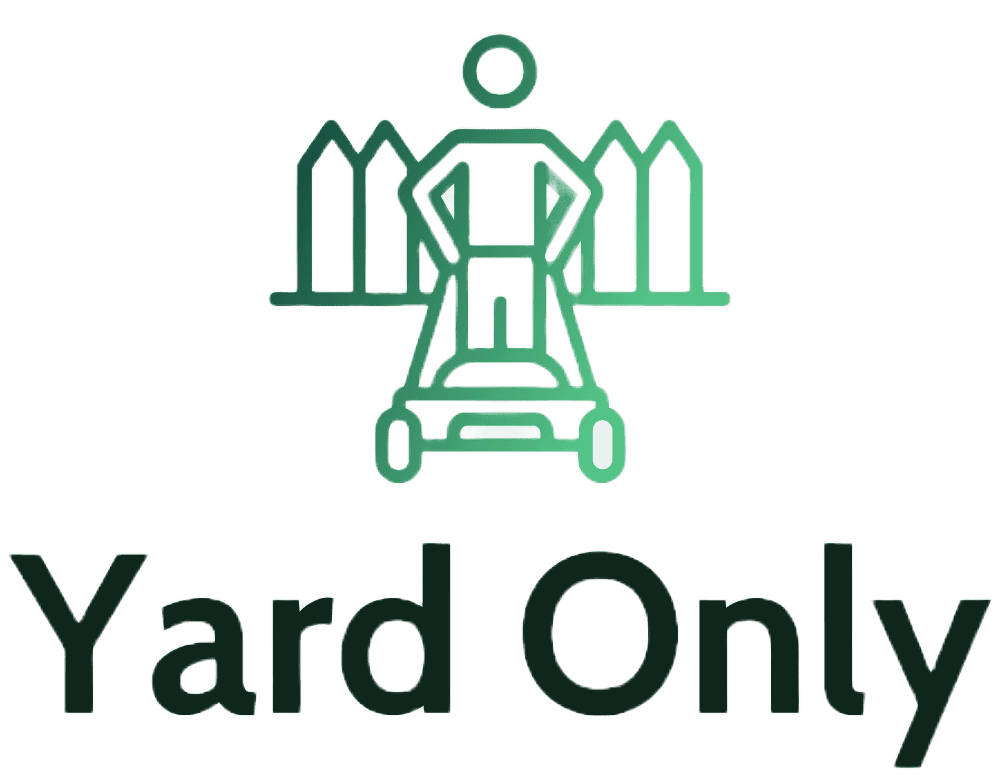Removal of young orchard grass noticed during early spring will be easy. You can remove the weeds with your hands too. Once they overgrow all over the lawn in large amounts, it will warrant more effort from your side.
Here’s a step by step guide on how to kill orchard grass in your lawn easily.

How to kill orchard grass in your lawn?
First of all, evaluate the percentage of weeds growing on your lawn. It will help you to devise a perfect strategy to kill the orchard grass.
You may be required to implement one or two combination of a few or all remedies to remove orchard grass from the lawn.
Let’s look at some of the remedies as follows:
1. Dig them
Though laborious, you can implement this if you want to keep chemicals out of the treatment. Let’s look at the steps.

- Keep ready with a pruning tool. Any tool with a forked end, such as a shovel or flame-weeding rake.
- Use the tool to dig the surrounding area of the root without damaging it.
- Pull out the roots gently once you reach their bottom. Wear gardening/protective gloves before you put your hands into the soil.
- Ensure you remove all traces of the roots.
- Replace the vacant spot with soil, grass seeds, or new turf.
2. Using Vinegar
Spraying vinegar on the orchard grass will invite collateral damage. The vinegar will kill the grass around the orchard grass too.
Once white vinegar dries out, it will kill the weeds. You may have to repeat the application several times consistently. White vinegar also helps to weaken the holding of roots, making it easy for you to remove the weeds manually.

Herewith are the steps:
- Take a spray bottle and fill it with white vinegar.
- Spray white vinegar on the patches of orchard grass, right from the top to its base at the soil level.
- Eventually, the plant will appear grayish or brownish.
- Now, you can remove the orchard grass manually. Maybe you will need to follow the steps from the “Dig them” section above.
- Once removed, fill the vacant spot with soil, grass seeds, or new turf.
3. Using Herbicide
Before using herbicides, it’s crucial to talk to your local HOA. Use herbicides, such as glyphosate exceptionally, in the case of absolute necessity.

Steps:
- Before using the herbicides, read all the instructions thoroughly.
- Use protective goggles and gloves before using herbicides.
- Dilute the concentrated glyphosate with an appropriate amount of water, if required.
- Spray the herbicide on orchard grass. Avoid spraying on the surrounding area and grass.
- This action should shrink the orchard grass. If it doesn’t shrink, re-spray the herbicide.
- With gloves in your hands, remove the plant and dispose of it, as per the directions.
4. Burning
Flame weeders are torches that help you to aim for particular plants. They act to kill the weed entirely. In the case of stone patios, experts recommend only using fire for the removal of weeds.
As a safety measure; use the torch on the next day of rain. It’s not recommended to use a torch during drought and dry seasons. Before you want to implement this methodology, it’s imperative to check with your local fire officials.

Steps:
- Make the area flammable-debris-free.
- Wear all protective gear, such as non-flammable clothes, goggles, gloves, and safety shoes.
- Follow the instruction guidelines to operate the flame weeder.
- Burn the plant with the flame till it withers away.
- Dust away the burned weeds away once they cool down.
5. Sheet Mulching
This methodology can be implemented when you want to start from the zero level. It is time-consuming too. In sheet mulching, you shield your lawn with a biodegradable cover, such as newspaper or cardboard, and then top it with mulch.
After a couple of months, you will notice the plants underneath the cover decompose and die. You are left only with fresh soil.
Steps:
- Remove as many weeds manually with your hands.
- Crop the grass till the last level.
- Water your lawn.
- Put 10-15 sheets of newspapers or cardboard.
- Spray water on these to make them wet.
- Top this layer with a mulch layer of around 6 inches.
- Rewater to keep every layer moist.
- After a period of six months, remove the mulch and cardboard/newspapers.
- You will feel happy after noticing the new fresh soil.
Does orchard grass come back every year?
Being a perennial weed, orchard grass can come back every year. Despite you removing the weed entirely from your lawn, orchard seeds are known to spread easily. They will come with the wind or travel with birds and animals.

Orchard grass seeds may be in packets of common grass seeds by accident, which you purchase from the market. It’s essential to buy standard-quality grass seeds to avoid accidental sowing of orchard grass.
You May Also Find Useful: Pros and Cons of Dethatching Lawn | Does Bermuda Grass Have Runners
frequently asked questions (fAQs)
How deep do orchard grass roots grow?
The orchard grassroots may grow down up to 2 feet in depth.
Will vinegar kill orchard grass?
Yes, vinegar kills orchard grass.
Does tenacity kill orchard grass?
No, tenacity does not kill orchard grass.
How long will orchard grass live?
Orchard grass is known to live for around 2 years.
Conclusion:
You have developed your beautiful lawn, but there are certain weeds that may hamper the appearance. Orchard grass is one such weed. It is known to grow without maintenance and has a fast growth rate.
It’s better to remove them when they are young. When young, the roots aren’t yet strong and therefore it becomes easy to remove them. Later, there are some remedial ways to remove, which involve the usage of chemicals and herbicides. You can get rid of the weeds by burning them too.
Another way is by sheet mulching, wherein you decompose all the plants on your lawn to get fresh soil. This method is quite time-consuming and you will have to wait for at least 6 months to get new soil.
